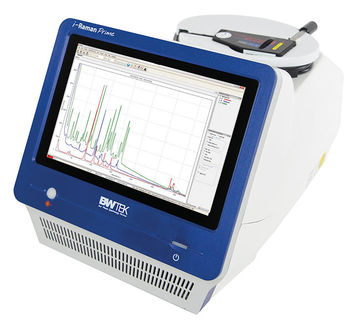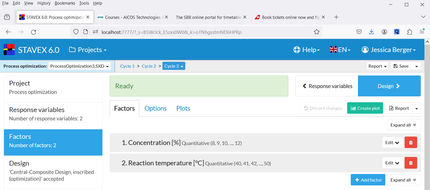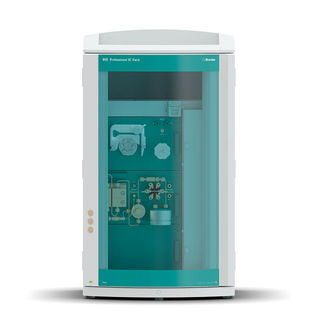To use all functions of this page, please activate cookies in your browser.
my.chemeurope.com
With an accout for my.chemeurope.com you can always see everything at a glance – and you can configure your own website and individual newsletter.
- My watch list
- My saved searches
- My saved topics
- My newsletter
Pancreatic hormone
Pancreatic hormones (PP)[1] are peptides synthesized in pancreatic islets of Langherhans, which acts as a regulator of pancreatic and gastrointestinal functions. Product highlightThe hormone is produced as a larger propeptide, which is enzymatically cleaved to yield the mature active peptide: this is 36 amino acids in length[2] and has an amidated C terminus[3]. The hormone has a globular structure, residues 2-8 forming a left-handed poly-proline-II-like helix, residues 9-13 a beta turn, and 14-32 an alpha-helix,held close to the first helix by hydrophobic interactions[2]. Unlike glucagon, another peptide hormone, the structure of pancreatic peptide is preserved in aqueous solution[4]. Both N and C termini are required for activity: receptor binding and activation functions may reside in the N and C termini respectively[2]. Subfamilies
Human proteins containing this domainNPY; PPY; PYY; References
This article includes text from the public domain Pfam and InterPro IPR001955 Categories: Hormones | Protein domains | Protein families |
|||||||||||||||||
| This article is licensed under the GNU Free Documentation License. It uses material from the Wikipedia article "Pancreatic_hormone". A list of authors is available in Wikipedia. | |||||||||||||||||







